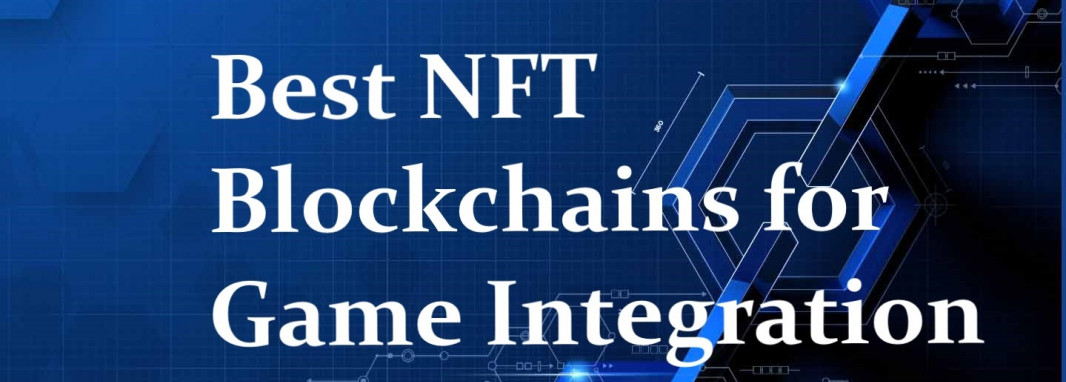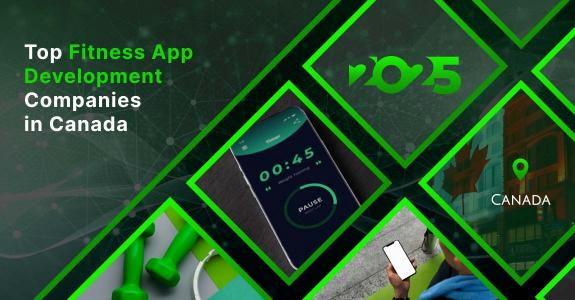Blockchain games are growing in popularity at the moment because of the hype around NFTs, cryptocurrencies, and blockchain tech in general. Because of that, more and more game developers are looking at blockchain gaming for their future projects.
We will help you with your NFT project!
But with so many blockchains out there, how do you choose the best blockchain for you? And what are the differences between them all? In today’s article, we’re going to take a closer look at just that.
What are blockchains?
At its most basic level, a blockchain is a decentralised database that can be used to store all sorts of different data, from financial data (e.g., cryptocurrencies) to property data (e.g., in the real estate industry) and healthcare data (e.g., patient records).
One of the interesting things about blockchains is that because they’re decentralised, they’re much less vulnerable to hacks and other compromises. There’s no organisation that owns them, so no single company can go in and change things.
It works in a similar way to peer-to-peer file sharing and bit torrents, in that the data isn’t stored on a central server. Blockchains essentially consist of blocks, which hold sets of information. As each block becomes filled, they’re then closed for future edits and added to the chain. Any future information will be added to the next new block.
The core idea behind how blockchains work remains the same from one chain to another. With that said, there are plenty of different blockchains out there, so you’ll need to get an idea of the options that are available for you and what they mean to game developers.
What are the main differences between the different blockchains?
Different blockchains are used for different things, and they often have their own associated cryptocurrencies. As a general rule, you can get a feel for how healthy a blockchain is by looking at the associated currency.
You should also spend some time wrapping your head around the technical specs that differentiate one blockchain from another. You’re going to be looking at the following attributes:
Transaction Speed: This metric measures how quickly the blockchain is able to process transactions, with faster transaction speeds generally providing better performance.
Transaction Costs: Lower transaction speeds generally mean higher transaction costs. You’ll want to look for a blockchain that offers low transaction costs so that you have the highest possible profit margins.
Smart Contract Functionality: Smart contracts are basically automated rules that can manage blockchain functionality on your behalf. The more you’re able to use smart contracts, the less you’ll have to do manually.
Consensus Mechanism: This basically refers to the process that the blockchain uses to make sure that the data is valid and that there’s nothing unexpected there.
One important thing to remember is that once you’ve chosen a blockchain and started building on it, it becomes difficult for you to switch to another one. That’s why it’s so important to get things right from the start.
Which blockchains are best suited for game integration?
This is a question with many different answers because it really depends upon the game and the functionality it requires. Web games might use a completely different blockchain to mobile games. The key is to understand the main options and what sets them apart from each other. You’ll also want to identify which of the factors in the last section are the most important to you so that you can pick the blockchain that makes the most sense to you. How to Choose an NFT Blockchain for Game Integration?
Here are your primary options:
Ethereum: Probably the most popular blockchain. Ethereum has the advantage of a huge community of users and developers that can help you hit the ground running in the fundraising phase. The actual game engine, however, should not use Level 1 Ethereum because of high transaction fees.
Polygon: Probably the most popular alternative to the original Ethereum platform, Polygon has impressive TPS and very low transaction fees. It takes a few efforts to move your assets to Polygon, but the result is worth it. Polygon NFT Development Company.
Binance Smart Chain (BSC): Running alongside the Binance chain, BSC is good when you’re looking for advanced smart contracts and a lower cost than Ethereum. However, BSC is more focused on financial applications than anything else.
Cardano: Launched by an Ethereum co-founder, Cardano is specifically designed to allow developers to create scalable and robust applications. It comes with two different layers, one for cryptocurrency and one for smart contracts. Cardano is an excellent choice for blockchain games.
Flow: This blockchain is relatively new, but it’s already super popular and makes a pretty good alternative to using Ethereum. It’s another one that was created with blockchain games in mind. Flow claims to be the greenest Web 3 network among leading platforms.
Algorand: This blockchain has partnered with ClimateTrade to become carbon-negative, making it ideal for game developers that are conscious of their environmental impact. It can also carry out an impressively high number of transactions per second. The downside of Algorand is its steep learning curve, and it takes much more time to write a smart contract in Algorand than other solutions.
Solana: This one is known for being one of the fastest blockchains and has a super low transaction rate, which makes it appealing for game developers who need to support a large number of transactions.
Tezos: This blockchain has some sophisticated blockchain smart contract options, but those are offset by a relatively high transaction fee and low transaction processing speed.
EOS: Known for having the largest ever ICO, EOS can carry out thousands of transactions per second and is specifically designed to help people create decentralized applications.
WAX: This is another carbon-neutral blockchain that’s ideal for game developers that need a large number of transactions. Wax has a somewhat lower adoption rate than other platforms on this list.
Conclusion
At the moment of writing, we consider Ethereum to be good for fundraising activities and Polygon, Solana, and Wax to be good candidates to power the game engine. Things may and probably will change in the future as the mentioned platforms evolve and new players enter the market.
Now that you know our thoughts on the different blockchains that are available to NFT game developers, we want to hear from you. What are some of the blockchains that you’ve worked with and found useful for game integration?
As always, be sure to leave a comment to keep the discussion going and follow us on your favorite social networking sites for more. We’ll see you soon!
We will help you with your NFT project!





